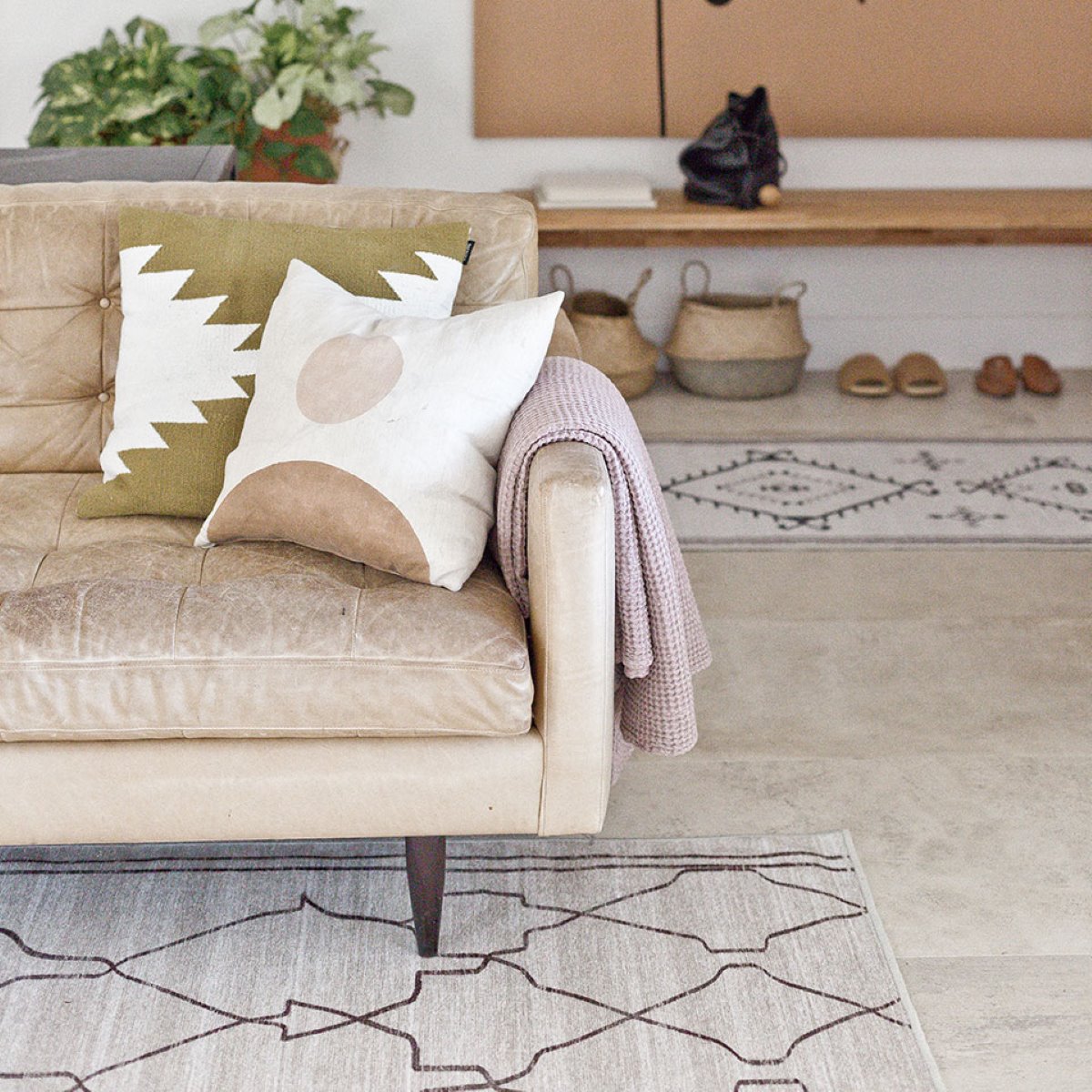

Articles
How To Use Multiple Rugs In One Room
Modified: May 6, 2024
Discover expert tips on using multiple rugs in one room with our informative articles. Enhance your space with stylish and functional rug arrangements.
(Many of the links in this article redirect to a specific reviewed product. Your purchase of these products through affiliate links helps to generate commission for Storables.com, at no extra cost. Learn more)
Introduction
If you’re looking to add some style and depth to your living space, using multiple rugs in one room can be a great option. This design technique allows you to create different zones, add texture and color, and make a statement with your flooring. Whether you have a spacious open-plan living area or a cozy bedroom, incorporating multiple rugs can elevate the overall look and feel of the room.
In this article, we’ll explore various strategies for effectively using multiple rugs in one room. We’ll discuss how to assess the room and choose rugs that complement each other, as well as how to layer them to create visual interest. We’ll also dive into mixing patterns and colors, balancing rug sizes and shapes, styling and arranging furniture, and maintaining and cleaning multiple rugs.
Before we begin, it’s important to note that the key to successfully using multiple rugs lies in creating a cohesive and harmonious look. By carefully considering the size, color, pattern, and texture of the rugs, you can achieve a seamless blend that enhances the overall aesthetic of your space.
So, if you’re ready to transform your room with the power of multiple rugs, let’s dive in!
Key Takeaways:
- Elevate your room’s style and functionality by using multiple rugs. Consider size, color, and texture to create a cohesive and visually stunning space that reflects your personal style.
- Embrace creativity and experimentation when mixing patterns and colors with multiple rugs. Balance rug sizes and shapes to create a visually appealing and well-designed space that enhances the overall aesthetic.
Assessing the Room and Choosing Rugs
Before you start shopping for rugs, it’s essential to assess your room and consider a few key factors. This will help you choose the right rugs that not only fit the space but also complement each other.
First, take a look at the size and layout of the room. Measure the dimensions of the space you want to cover with rugs and consider any furniture placement or architectural features that may impact the rug placement.
Next, think about the overall style and color scheme of your room. Are you going for a modern, minimalist look or a cozy, bohemian feel? This will guide your decisions when it comes to selecting rugs that align with your desired aesthetic.
When choosing rugs, consider whether you want them to be the focal point or more of a background element. Bold, vibrant rugs can make a statement, while neutrals or muted tones can provide a subtle backdrop for other decor elements.
It’s also important to think about the functionality of the rugs. Will they be placed in high-traffic areas such as the entryway or hallway? In that case, opt for durable and easy-to-clean materials that can withstand frequent use.
Lastly, keep in mind your budget when selecting rugs. Determine how much you’re willing to spend and look for options that fit within your price range.
Once you have a clear understanding of the room and your preferences, it’s time to start choosing the rugs. Look for rugs that complement each other in terms of color, pattern, and texture. You can opt for rugs with similar colors and patterns for a cohesive look or mix and match different styles for a more eclectic vibe.
Consider using a combination of solid rugs, patterned rugs, and textured rugs to add depth and visual interest to the space. For example, you can pair a solid-colored rug with a geometric patterned rug to create contrast and balance.
By carefully assessing your room and choosing rugs that align with your style, functionality, and budget, you’ll be well on your way to creating a harmonious and visually stunning space with multiple rugs.
Layering Rugs
Layering rugs is a popular design technique that can add texture, dimension, and visual interest to a room. It allows you to mix and match different rugs to create a unique and dynamic look. Here are some tips for successfully layering rugs in your space.
First, start with a larger base rug that anchors the room. This rug should be the one that covers most of the floor space and serves as the foundation for the layered look. Choose a rug with a neutral color or a subtle pattern that complements the overall style of the room.
Once you have your base rug in place, you can start layering by adding a smaller rug on top. This second rug can be of a different shape, texture, or pattern to create contrast and visual interest. For example, you can layer a round jute rug on top of a rectangular wool rug for a bohemian-inspired look.
Consider varying the texture of the rugs to add depth and dimension to the space. Pair a plush, soft rug with a flat-weave or natural fiber rug to create a tactile experience for your feet. This combination not only looks visually appealing but also adds a luxurious and cozy feel to the room.
To ensure that the layered rugs stay in place, you can use rug pads between the layers. Rug pads provide grip and prevent slipping, which is especially important if you have rugs on hard flooring surfaces like hardwood or tile.
When layering rugs, be sure to leave a border of the base rug visible around the edges. This creates a defined boundary and prevents the layered rugs from looking cluttered or disjointed. Aim for a balanced and intentional placement of the rugs to achieve a cohesive and stylish look.
Finally, don’t be afraid to experiment with different combinations and placements of rugs. Layering rugs allows for flexibility and creativity, so feel free to mix and match until you find a combination that suits your style and enhances the overall aesthetics of your space.
By layering rugs, you can transform the look and feel of your room, adding depth and visual interest. This design technique is a great way to showcase your personal style and create a cozy and inviting ambiance in your space.
Mixing Patterns and Colors
Mixing patterns and colors when using multiple rugs in one room is a fantastic way to inject personality and visual interest into your space. However, it can also be a bit challenging to find the right balance and harmony. Here are some tips to help you mix patterns and colors effectively.
First, choose a color palette or theme for your room. This will serve as a guide when selecting rugs with different patterns and colors. You can opt for a monochromatic scheme, where you use rugs in various shades of the same color, or go for a complementary color scheme, with rugs in contrasting hues.
When mixing patterns, consider using different scales. For example, pair a large-scale floral or geometric pattern with a smaller-scale striped or plaid pattern. This ensures that the patterns don’t compete with each other but rather complement and balance each other out.
If you’re not comfortable with bold and vibrant patterns, you can still mix patterns by choosing rugs with subtle variations in texture or tone. This creates a layered effect without overwhelming the space. For example, combine a rug with a flat weave or a sisal texture with a rug featuring a small-scale geometric pattern.
Another approach to mixing patterns is to choose rugs with a common color element. This allows the patterns to connect and relate to each other, creating a cohesive look. For instance, you can pair a striped rug with a floral rug that includes a similar color found in the stripes.
Remember to consider the overall style of your room when mixing patterns and colors. If your space has a modern aesthetic, opt for rugs with clean lines and geometric patterns. For a more eclectic or bohemian look, embrace bold prints, intricate motifs, and vibrant colors.
It’s essential to strike a balance when mixing patterns and colors. Too many loud and busy patterns can create visual chaos, while too many muted or monotonous colors may result in a dull and uninspiring space. Use your intuition and step back to assess how the different rugs work together in the room.
Ultimately, mixing patterns and colors should be a fun and creative process. Don’t be afraid to experiment, trust your instincts, and let your personal style shine through. By carefully selecting rugs with complementary patterns and colors, you can create an eye-catching and harmonious look that adds character and charm to your space.
Balancing Rug Sizes and Shapes
When using multiple rugs in one room, it’s important to consider the sizes and shapes of the rugs to ensure a balanced and cohesive look. Here are some tips to help you achieve the right balance when it comes to rug sizes and shapes.
First, think about the room’s layout and the areas you want to define with rugs. Consider the size of the space and the furniture arrangement. The rugs should be proportionate to the area they are covering, neither too small nor too large.
In open-plan living areas, you can use rugs to create distinct zones. Choose rugs that are large enough to accommodate the furniture in each zone while leaving a border of exposed floor space. This not only helps define different areas but also adds visual interest and structure to the room.
When it comes to rug shapes, consider the shape of the room and the furniture arrangement. If you have a square room or a square dining table, a square or round rug can work well. A rectangular rug is versatile and can complement a variety of furniture arrangements, particularly in living rooms and bedrooms.
For irregularly shaped rooms or furniture groupings, you can use a combination of different rug shapes to create flow and balance. For example, in an L-shaped seating area, you can use a rectangular rug under the main seating arrangement and a round rug to define a reading nook or accent chair area.
When placing multiple rugs in the room, ensure that they don’t overlap or create a tripping hazard. Leave a clear and natural flow between the rugs, allowing them to visually connect without obstructing movement.
If you’re layering rugs, consider the size and shape of each rug in relation to the others. The layered rugs should be proportionate to each other. For example, a smaller rug can be placed on top of a larger rug, and the dimensions should be visually pleasing and balanced.
When deciding on rug sizes and shapes, always consider the overall aesthetic and function of the room. The rugs should enhance the style and provide a practical purpose. Take into account the size and scale of the furniture, as well as the traffic flow in the room.
By carefully balancing rug sizes and shapes, you can create a visually appealing and well-designed space. The rugs will work harmoniously with the room’s layout, furniture arrangement, and overall aesthetic, providing both style and functionality.
Layer different sized rugs to create visual interest and define separate areas within the room. Use a larger rug as the base and layer smaller rugs on top to add texture and depth to the space.
Creating Visual Zones with Rugs
Rugs are an excellent tool for creating visual zones within a room, allowing you to define different areas and give each its own unique identity. By strategically placing rugs, you can create distinct spaces while maintaining a cohesive overall design. Here are some tips for creating visual zones with rugs.
First, consider the function and purpose of each area within the room. Think about how you want to use the space and what activities will take place in each zone. For example, you might want to create a cozy reading nook, a conversation area, or a workspace.
Once you have identified the different zones, select rugs that will complement and visually separate each area. Consider using rugs with different colors, patterns, or textures to differentiate one zone from another. This helps create visual interest and makes each area feel distinct.
When placing the rugs, make sure they are proportionate to the size of each zone. A small rug in a large area can make the space feel unbalanced, while an oversized rug in a small area can overwhelm the space. Scale the rugs to fit the size of the furniture and the space they are defining.
Using rugs to create visual zones is particularly effective in open-plan living areas or studio apartments where there are no walls to naturally separate different areas. Rugs can delineate the living room, dining area, and kitchen, creating a sense of structure and organization within the open space.
To create a seamless flow between the visual zones, consider using rugs with a cohesive color palette or a unifying design element. This helps tie the different areas together and creates a sense of harmony. For example, you can use rugs with similar patterns but in different colors for a coordinated look.
When arranging furniture within each visual zone, ensure that the legs of the furniture sit comfortably on the rug. This helps anchor the furniture and visually ties it to the specific zone. Avoid placing furniture half on and half off the rug, as it can create an awkward and disjointed look.
Lastly, consider the overall theme and style of your room when selecting rugs for visual zones. Whether you prefer a modern, bohemian, or traditional look, choose rugs that align with your desired aesthetic. This consistency in style helps create a cohesive and harmonious design throughout the room.
By creating visual zones with rugs, you can effectively divide a room into separate areas, each with its own purpose and character. Rugs provide a visual anchor for furniture and help define each zone, while also adding warmth, texture, and style to the space.
Styling and Arranging Furniture with Multiple Rugs
When using multiple rugs in one room, it’s important to carefully consider the styling and arrangement of your furniture to ensure a cohesive and balanced look. Here are some tips to help you style and arrange your furniture with multiple rugs.
First, determine the focal point of the room. This could be a fireplace, a large window with a beautiful view, or a media center. Arrange the main furniture pieces, such as sofas or chairs, around this focal point, either partially or fully on the rugs. This helps create a visually cohesive and functional space.
When placing furniture on rugs, ensure that the legs of the furniture are sitting firmly on the rug. This helps anchor the furniture and visually connects it to the rug, creating a unified look. Avoid floating furniture pieces with their legs off the rug, as it can create an unbalanced and disjointed appearance.
If you’re using a combination of different rugs in the room, consider creating distinct areas with specific furniture groupings. For example, in a living room, you can place one rug under the conversation area with a sofa and chairs, and another rug under a reading nook with an armchair and a floor lamp.
Aim for a harmonious and balanced arrangement of furniture and rugs. Ensure that the sizes and shapes of the rugs complement the scale of the furniture. A large sectional sofa may require a larger rug, while a small accent chair can be placed on a smaller rug.
When using multiple rugs, it’s crucial to maintain a sense of visual flow and connection. Consider the color palette or theme of the room, and select rugs that complement each other. There should be a sense of harmony in the overall design to avoid a chaotic or mismatched look.
If you’re layering rugs, be mindful of the placement and positioning of each rug. The layers should be balanced and intentional, with enough visible space between them. Use rug pads to prevent slipping and ensure that the layers stay securely in place.
Lastly, don’t be afraid to experiment and fine-tune the arrangement of your furniture and rugs. Step back and take a look at the room as a whole. Assess the balance, flow, and functionality of the space. Make adjustments if needed to achieve the desired look and feel.
By styling and arranging your furniture with multiple rugs, you can create a visually appealing and well-coordinated space. The furniture and rugs work together to define different areas and enhance the overall design of the room, creating a harmonious and inviting atmosphere.
Maintaining and Cleaning Multiple Rugs
Proper maintenance and regular cleaning of your multiple rugs are essential to keep them in excellent condition and prolong their lifespan. Here are some tips for maintaining and cleaning multiple rugs.
First, vacuum your rugs regularly to remove dust, dirt, and debris that can accumulate over time. Use a vacuum cleaner with a brush attachment or a vacuum specifically designed for rugs to gently and effectively clean the surface. Be sure to vacuum both sides of the rugs, especially if they are layered.
In high-traffic areas, consider using rug pads underneath to provide extra cushioning and prevent excessive wear and tear. Rug pads also help keep the rugs in place and protect the floors underneath.
If spills occur, it’s crucial to act quickly. Blot the spill with a clean cloth or paper towel to absorb as much liquid as possible. Avoid rubbing the spill, as it can push the stain deeper into the fibers. For more stubborn spills or stains, consult a professional rug cleaner.
Rotate your rugs regularly to ensure even wear. Foot traffic and exposure to sunlight can cause certain areas of the rug to fade or become worn out faster than others. By rotating the rugs periodically, you distribute the wear and maintain a consistent appearance.
Deep clean your rugs at least once a year or as needed, depending on the level of dirt and stains. You can choose to hire a professional rug cleaning service or use a carpet cleaning machine specifically designed for rugs. Follow the manufacturer’s guidelines or seek professional advice to ensure the proper cleaning method for your specific rug material.
Avoid placing heavy furniture directly on top of the rugs, as this can create indentations or cause the fibers to become crushed. Use furniture pads or area rugs under heavy furniture to distribute the weight and protect the rugs.
For rugs with fringe, extra care is needed. Gently brush or comb the fringe to keep it tidy and prevent tangling. Be cautious when vacuuming around the fringe to avoid pulling or damaging it.
If you have pets, consider their impact on the rugs. Clean up any pet accidents immediately to prevent stains and odors from setting into the fibers. Regularly groom and trim your pets’ nails to minimize the risk of snags or scratches on the rugs.
Lastly, be sure to follow the care instructions provided by the rug manufacturer. Different rug materials require specific care, so it’s important to understand the recommended cleaning methods and avoid using harsh chemicals or abrasive cleaning agents that could damage the rugs.
By following these maintenance and cleaning tips, you can keep your multiple rugs looking fresh, clean, and vibrant for years to come. With proper care, your rugs will continue to enhance the beauty and comfort of your space.
Conclusion
Using multiple rugs in one room is a fantastic way to elevate your interior design and create a visually captivating space. By following the tips and techniques outlined in this article, you can successfully incorporate multiple rugs into your room while maintaining a cohesive and harmonious look.
Start by assessing the room and choosing rugs that complement the space’s size, layout, style, and color scheme. Layering rugs can add depth and texture, so experiment with different combinations and textures to create a visually appealing arrangement.
Mixing patterns and colors allows you to infuse your personal style while creating a visually dynamic and engaging environment. Balance rug sizes and shapes to ensure that they fit the room’s layout and provide a proportionate foundation for your furniture.
Creating visual zones with rugs helps to divide a room into distinct areas, each with its own functionality and character. By styling and arranging furniture with multiple rugs, you can give each area its own identity while maintaining a cohesive design.
Remember to maintain and clean your rugs regularly to keep them in excellent condition. Vacuum regularly, handle spills promptly, and rotate and deep clean your rugs as needed. With proper maintenance, your rugs will continue to bring beauty and warmth to your living space.
In conclusion, using multiple rugs in one room is a creative and effective way to enhance your space’s style, functionality, and overall aesthetic. With a thoughtful approach to rug selection, placement, and care, you can transform your room into a stunning and inviting oasis.
So, embrace your creativity, explore different rug styles and patterns, and let the power of multiple rugs elevate your home decor to new heights. Your space will thank you for it!
Excited about sprucing up your space with multiple rugs? Don't stop there! For renters looking to add personal flair to their homes, our next article offers invaluable decorating tips. Learn how simple changes can transform a rental into a cozy, stylish haven. Perfect for those eager to infuse their temporary space with charm and character without breaking the bank. Ready to make your rental feel more like home?
Frequently Asked Questions about How To Use Multiple Rugs In One Room
Was this page helpful?
At Storables.com, we guarantee accurate and reliable information. Our content, validated by Expert Board Contributors, is crafted following stringent Editorial Policies. We're committed to providing you with well-researched, expert-backed insights for all your informational needs.
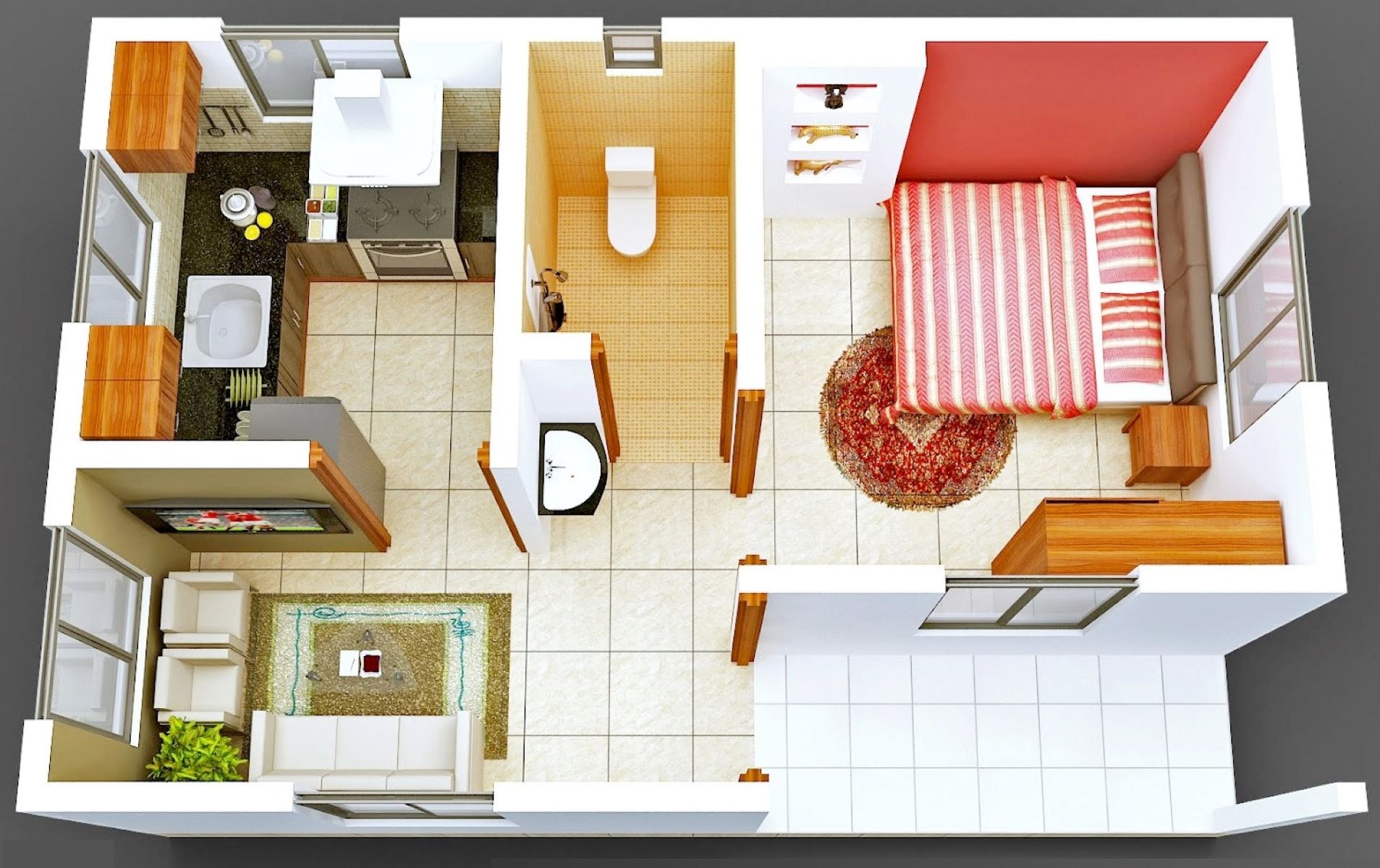

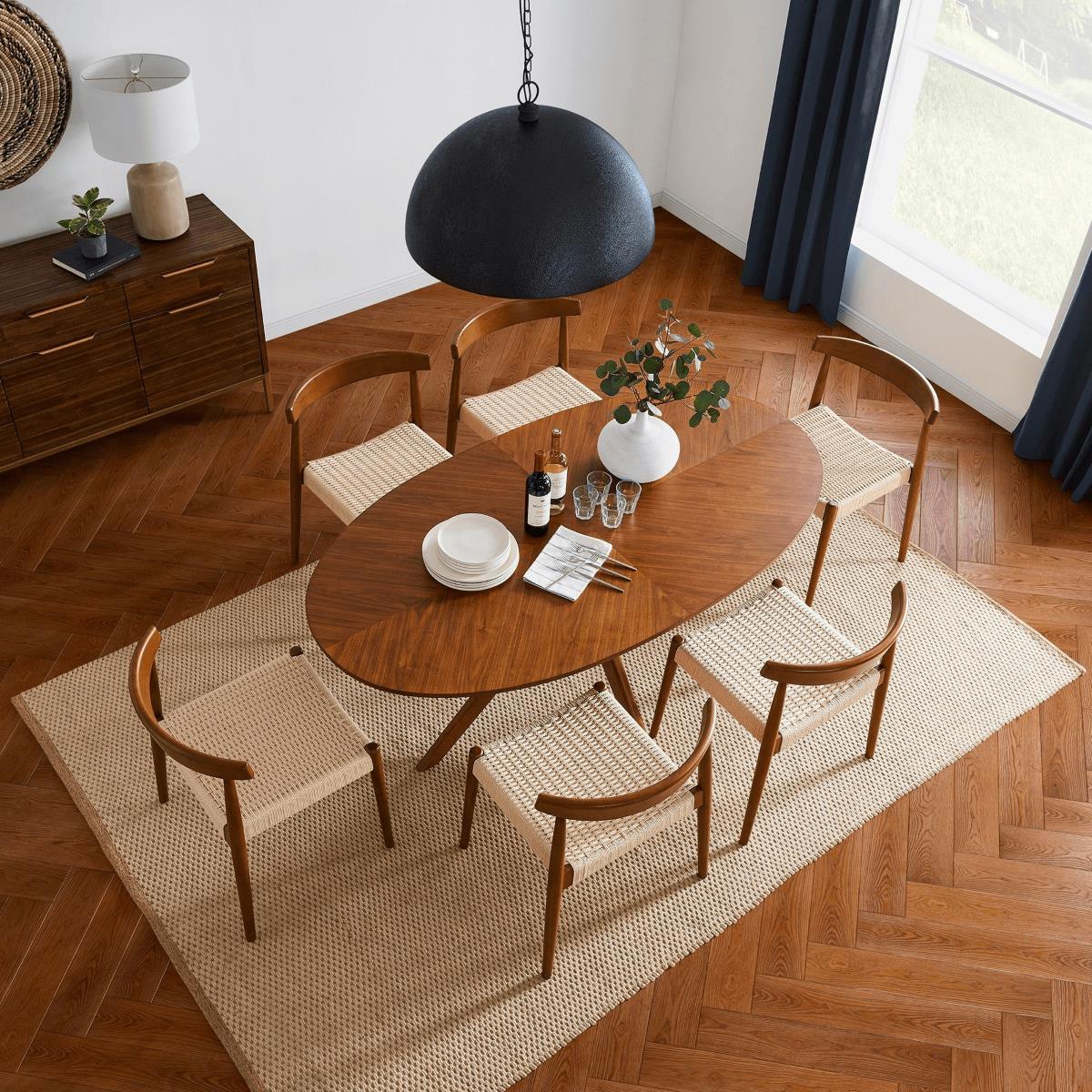
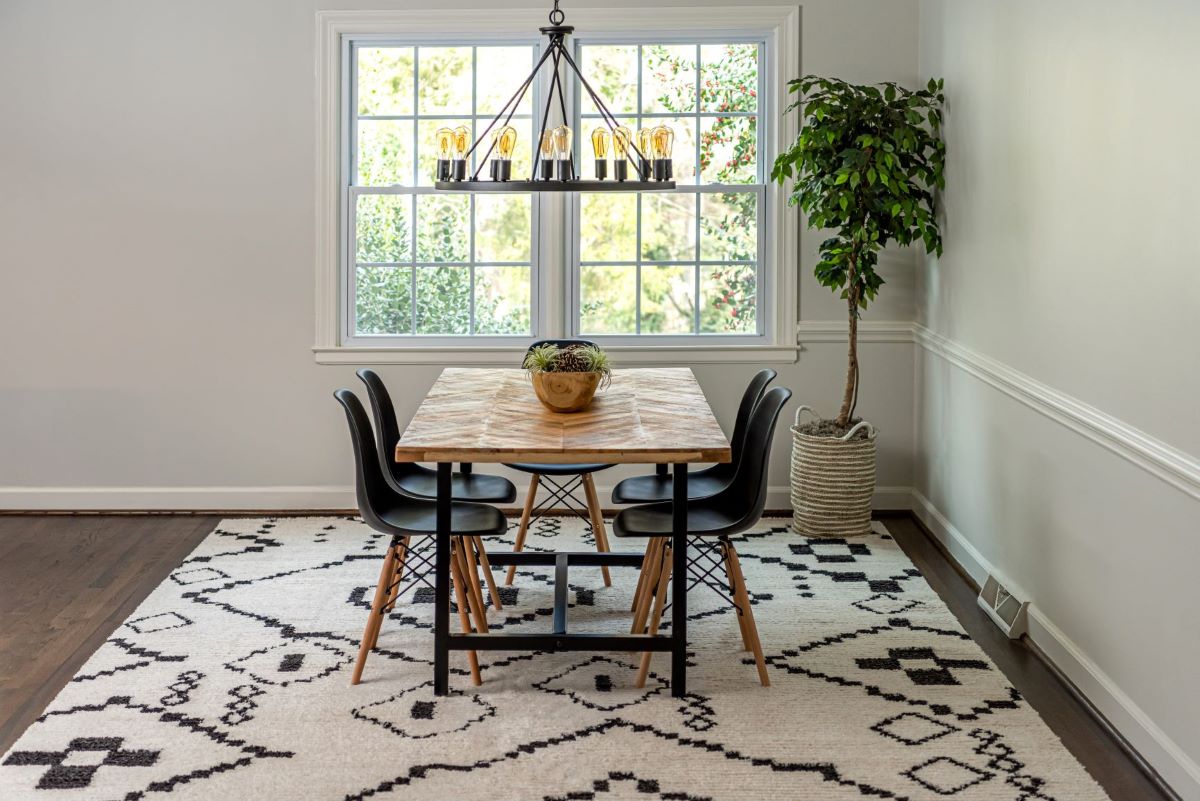
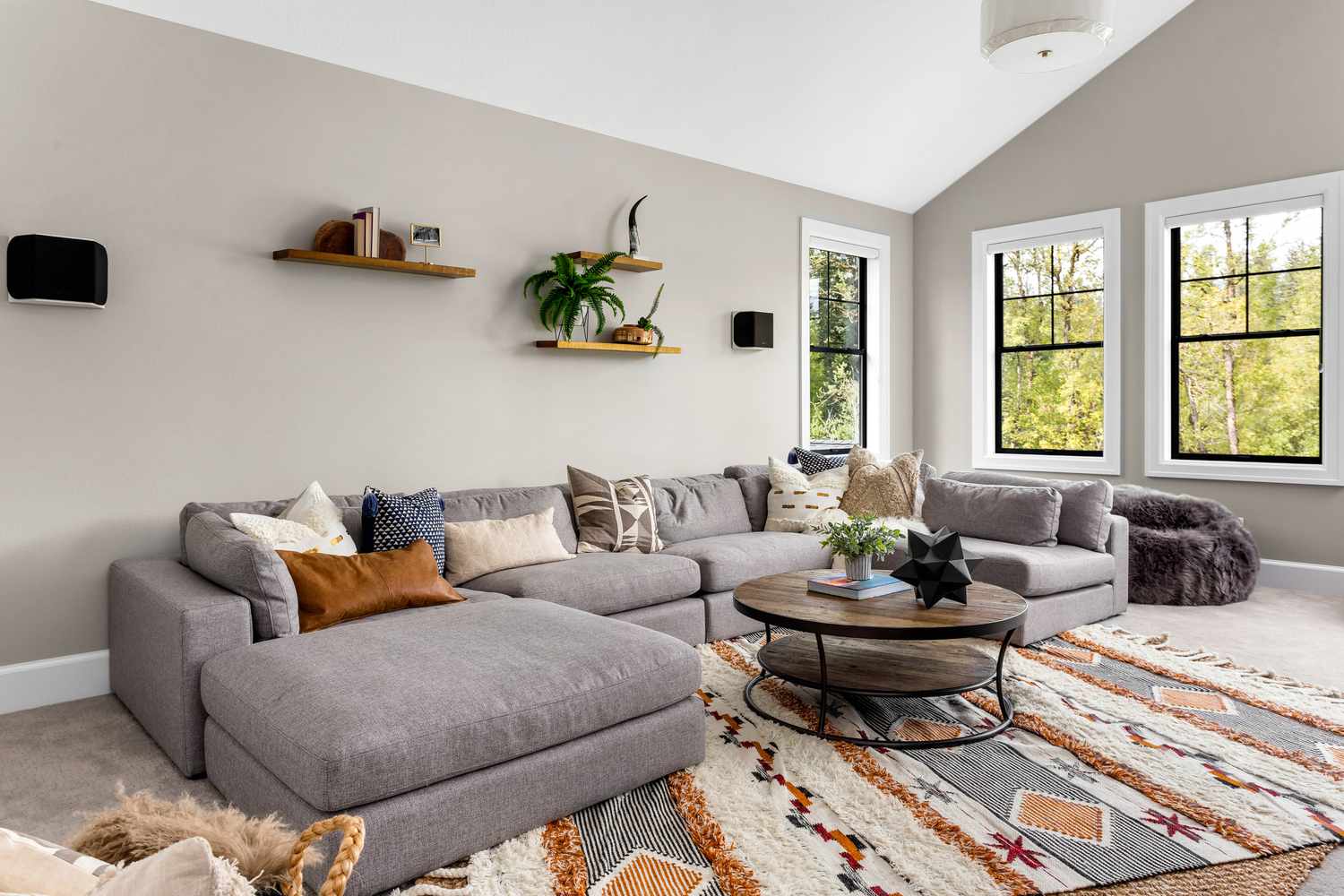
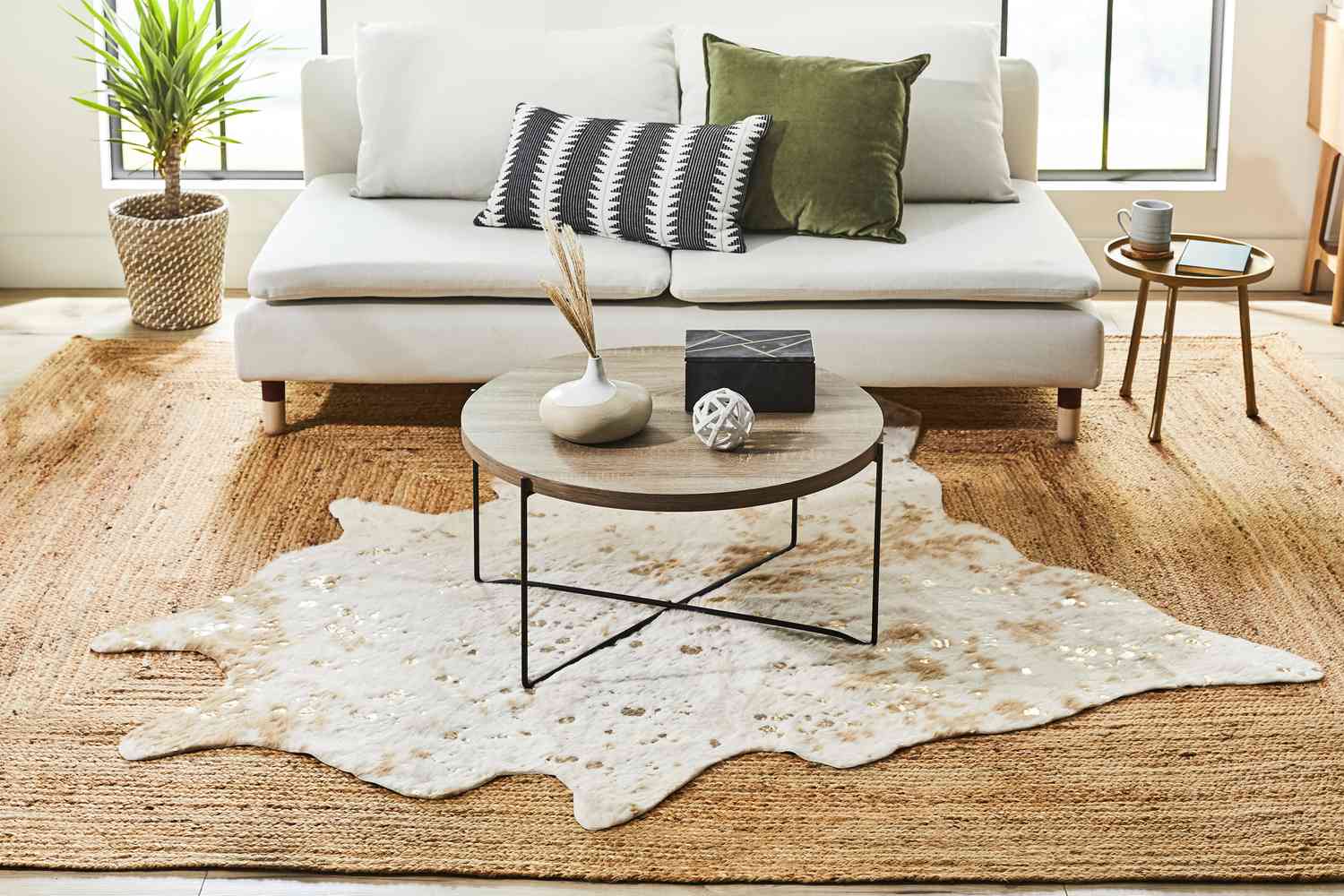
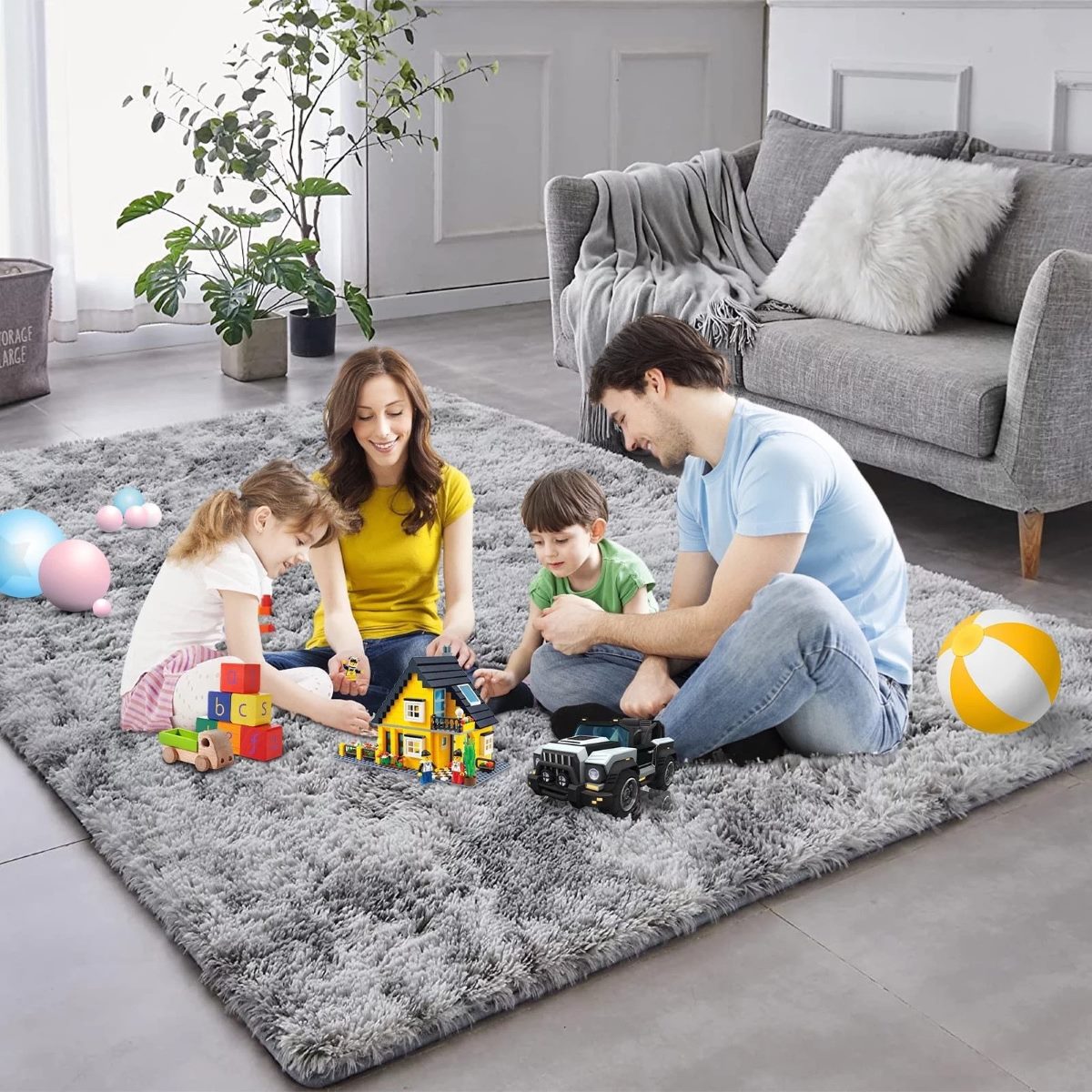
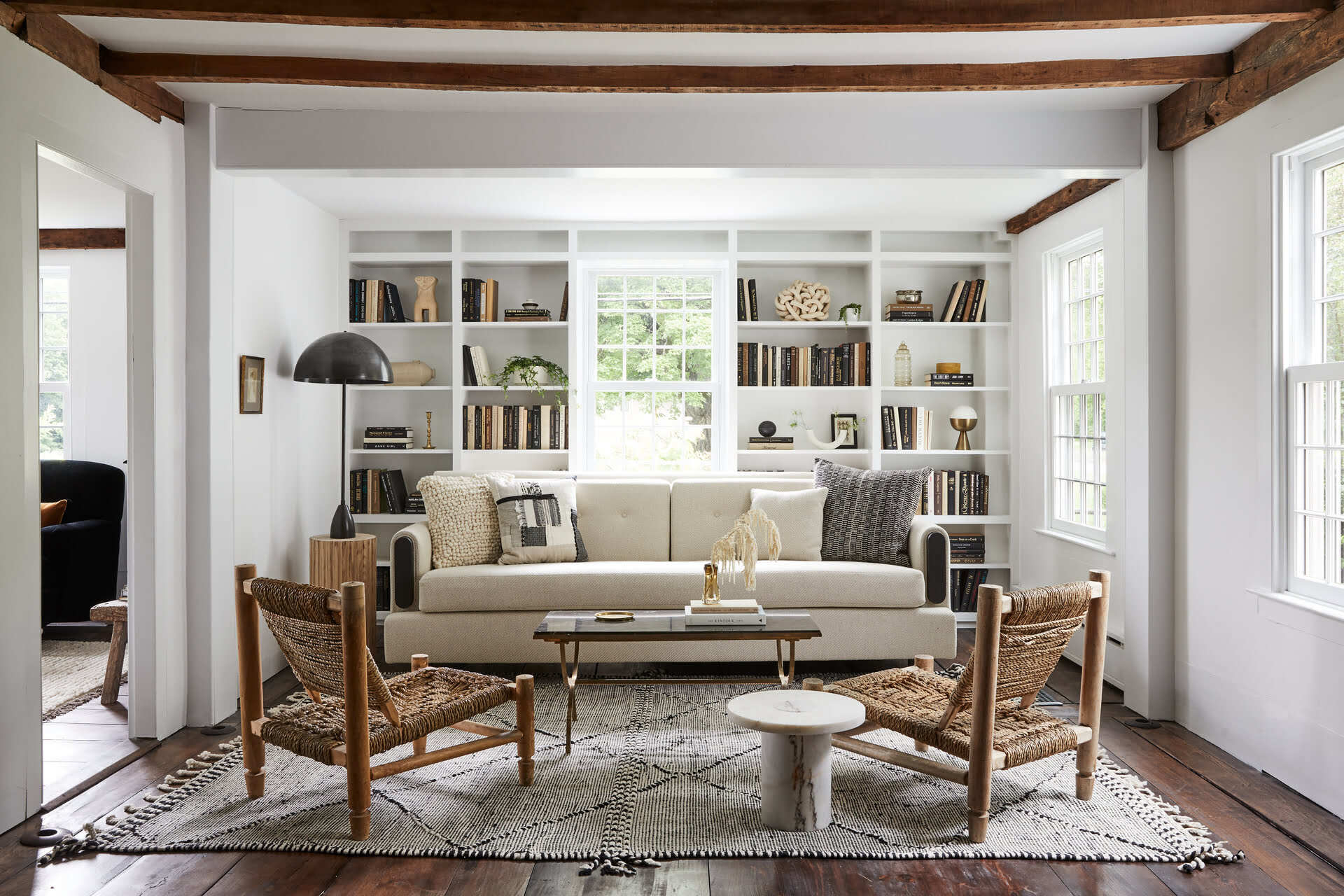

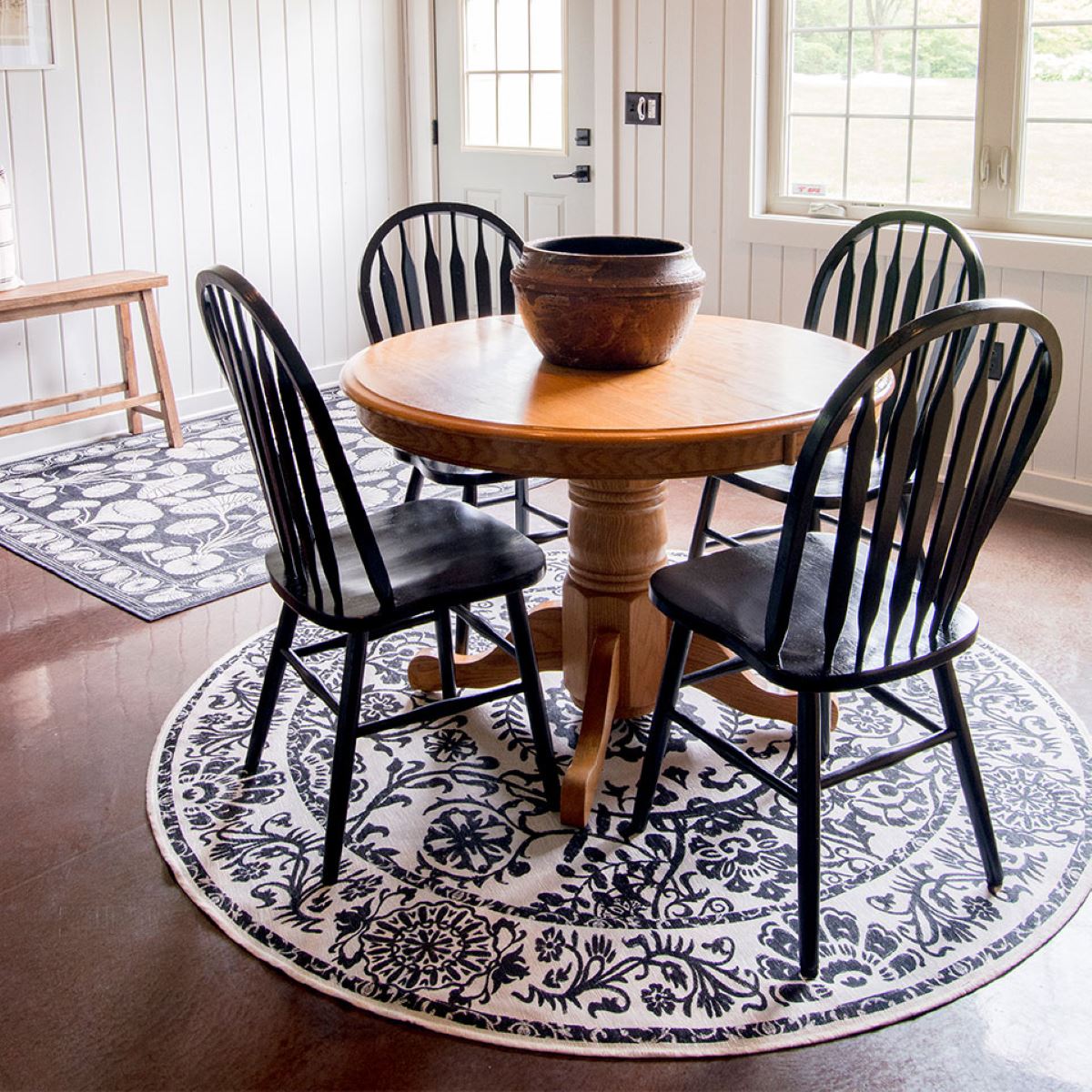
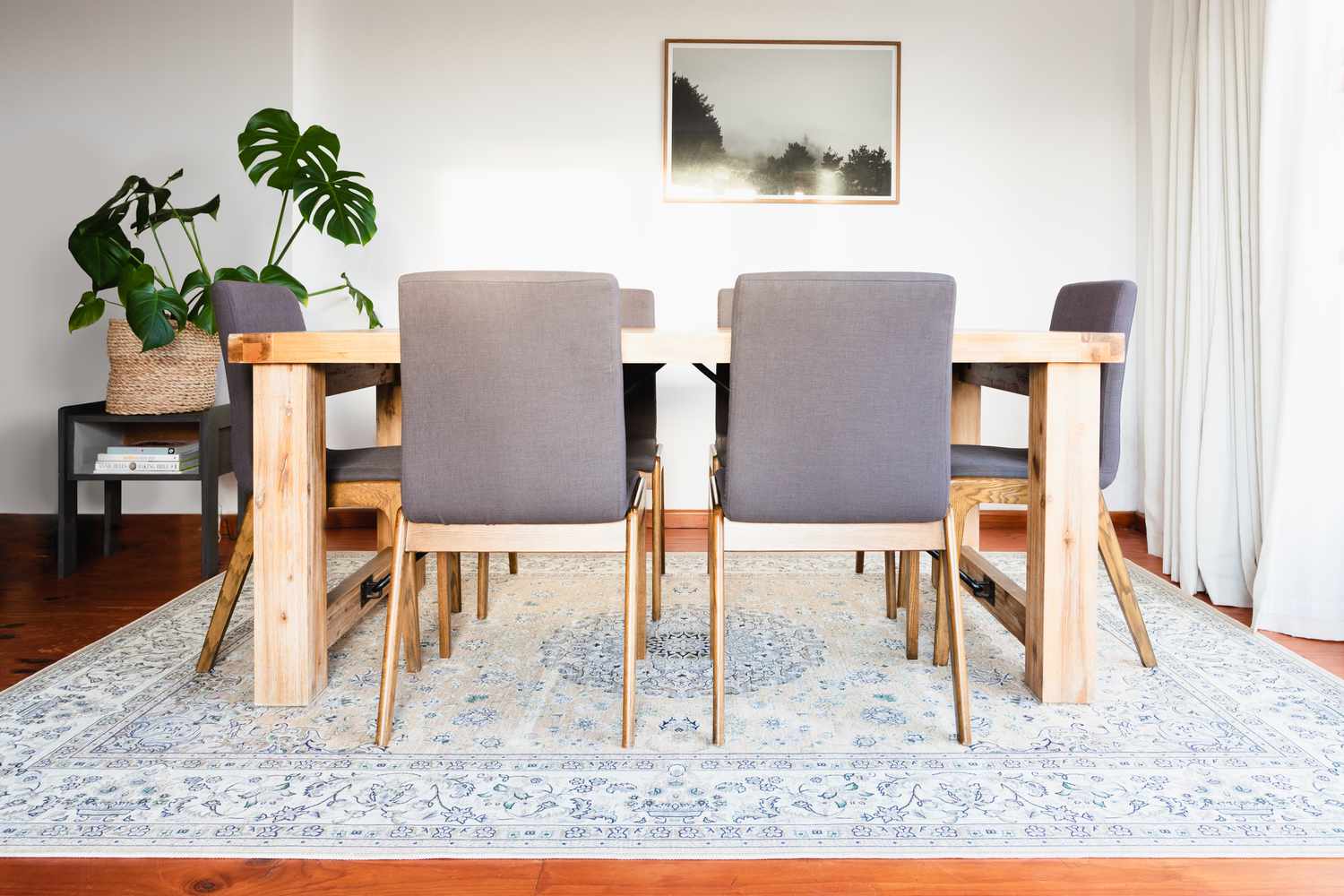
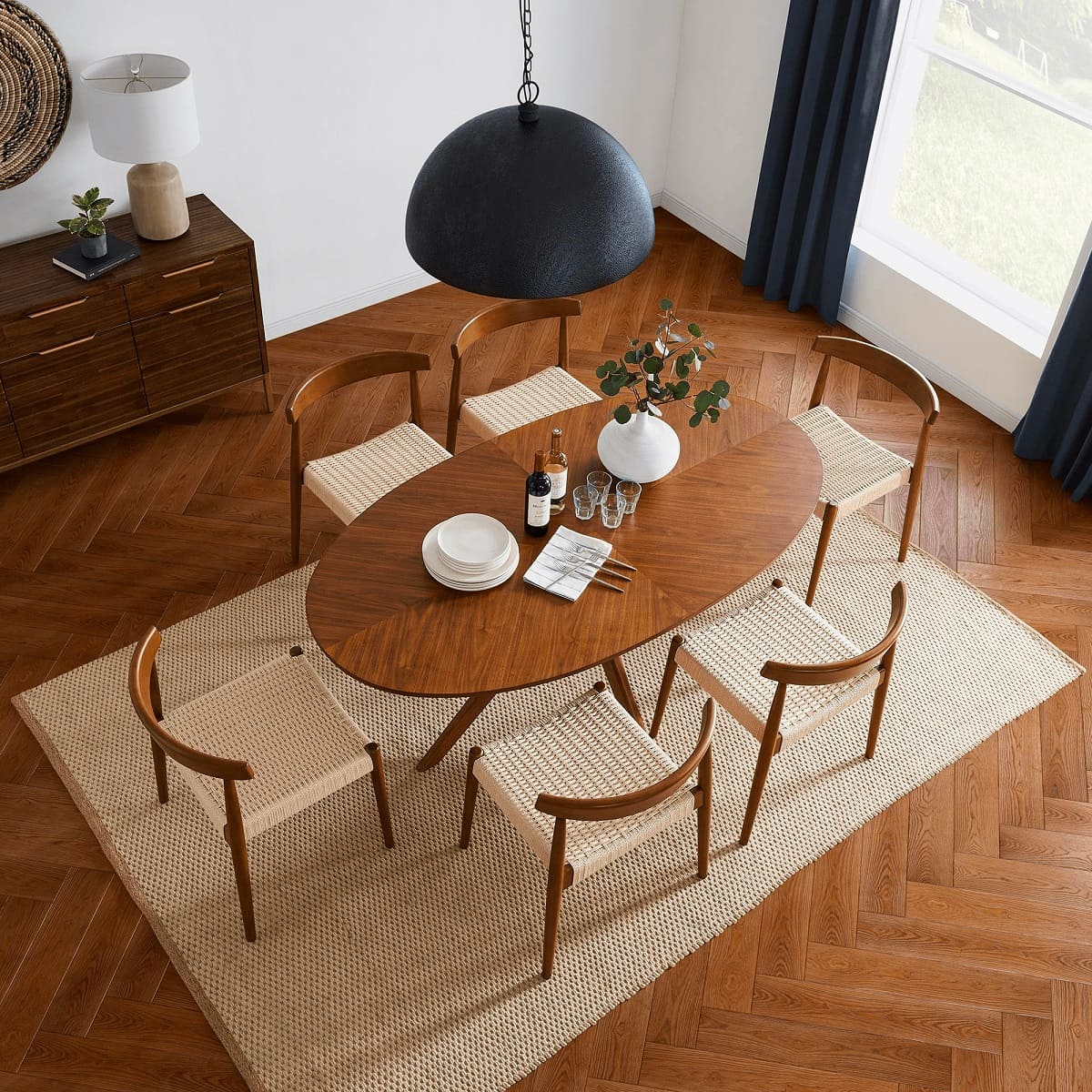
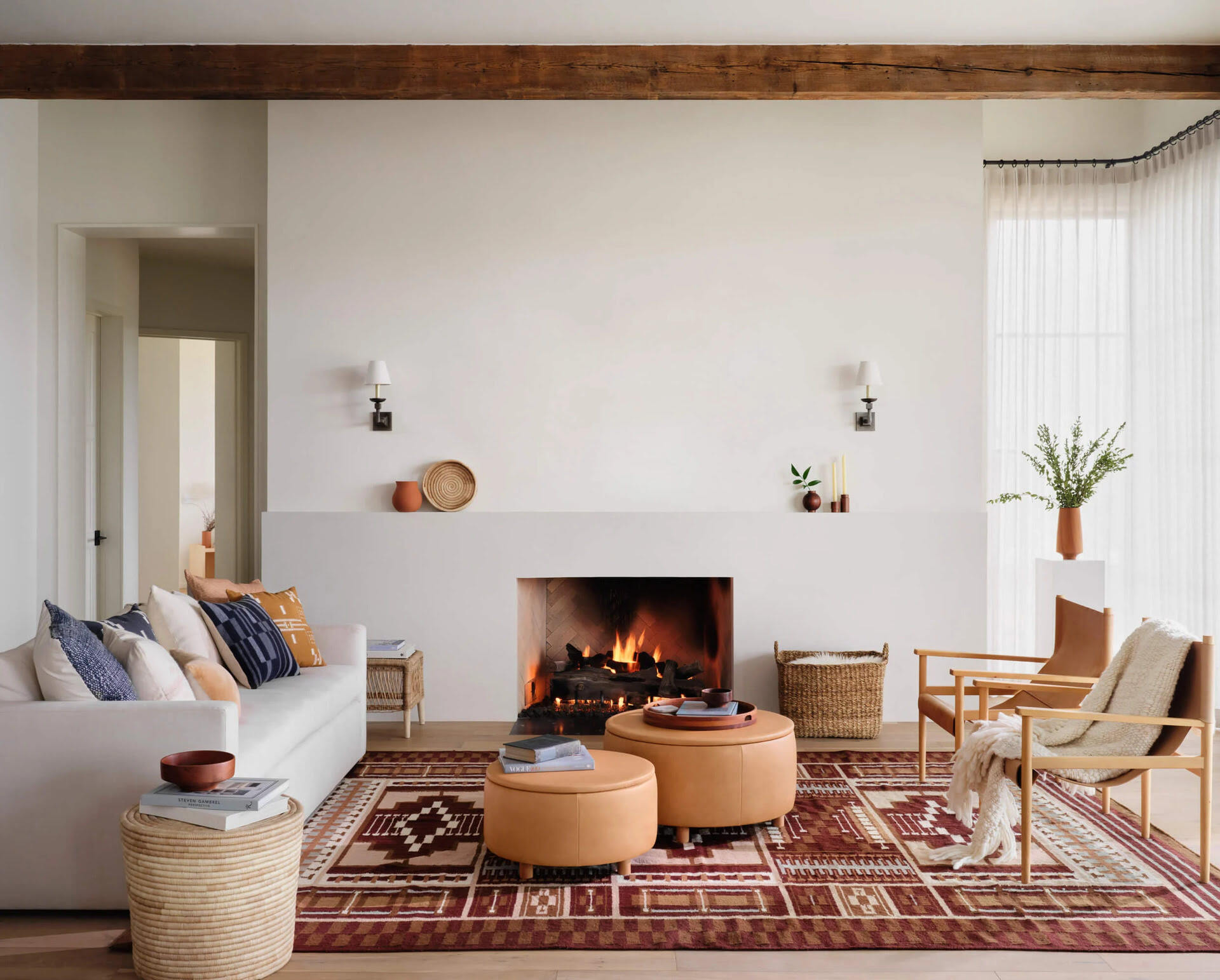
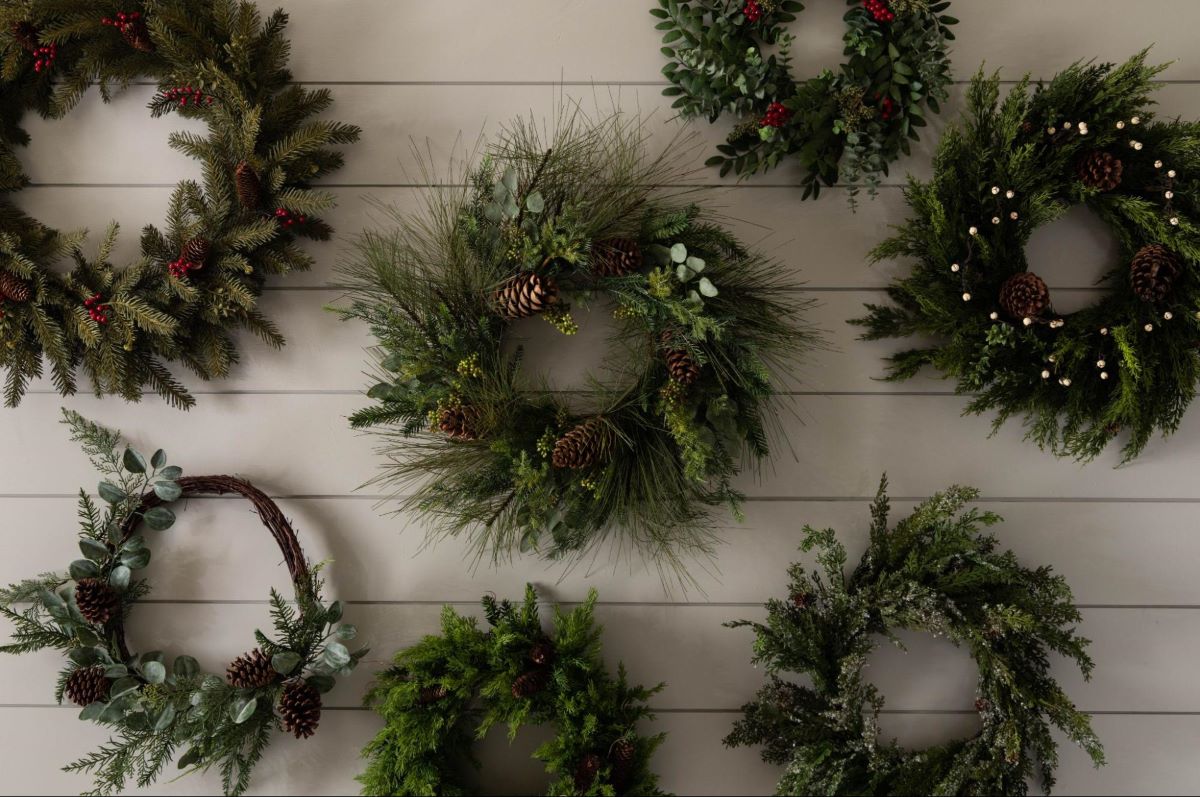

0 thoughts on “How To Use Multiple Rugs In One Room”